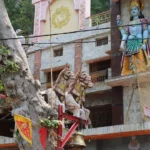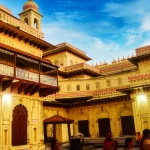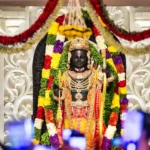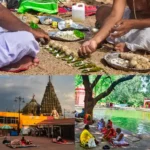
The legendary city of Ayodhya, identified with the present-day city, is revered as the birthplace of the Hindu deity Lord Rama, a central figure in the epic Ramayana. This association makes Ayodhya one of the seven most important pilgrimage sites for Hindus.
The city’s origins are deeply rooted in Hindu mythology, tracing back to the Treta Yuga, an era long before the modern age, when it was the capital of the ancient kingdom of Kosala, ruled by King Dasharatha, Lord Ram’s father. The Ramayana unfolds in Ayodhya, chronicling the life and adventures of Lord Ram, his loyal wife Sita, and his devoted brother Lakshman.
Throughout its history, Ayodhya has been a witness to the ebb and flow of various empires and dynasties. From the invasion by the Indo-Greek king Demetrius in the 2nd century BCE to its prominence during the Gupta Empire, Ayodhya has been an integral part of India’s historical narrative.
The city entered its ‘golden age’ under the Gupta rulers, who encouraged the idea of ‘divine kings’ and saw a great revival of Hinduism. It was during this period that Saketa began to be known as ‘Ayodhya’ and recognized as the capital of the Ikshvaku kings.

Ayodhya’s enduring legacy is not only found in its historical and religious significance but also its cultural impact. It is a city where mythology and history intertwine, where tales of divine incarnations and heroic journeys resonate through its streets and temples.
As we delve into the story of Ayodhya, we explore a saga that has shaped the spiritual and cultural identity of India, a narrative that continues to inspire and guide millions.
History and Mythology of Ayodhya – Ayodhya Ji Ki Kahani
The historical significance of Ayodhya, particularly its ancient name Saketa, is deeply intertwined with various religious texts and traditions.
Ayodhya, also known as Saketa, is a city of immense religious importance in Hinduism, Buddhism, and Jainism. In Hindu epic literature, notably the Ramayana, Ayodhya is celebrated as the birthplace of Lord Rama, a central figure in Hindu mythology and the Ramayana. It’s depicted as a city of great prosperity and moral righteousness, the capital of the ancient kingdom of Kosala.
In Buddhist literature, Saketa (Ayodhya) holds significant importance. It is thought to be a place where the sons of Okkaka founded a city, contributing to the Buddhist heritage.
Archaeological evidence supports Ayodhya’s prominence in Buddhist history, with notable sites identified by the British archaeologist Alexander Cunningham, including Mani Parbat, Kuber Parbat, and Sugriv Parbat. These discoveries underscore Ayodhya’s importance as a multi-religious centre, encompassing Hindu, Buddhist, and Jain traditions.
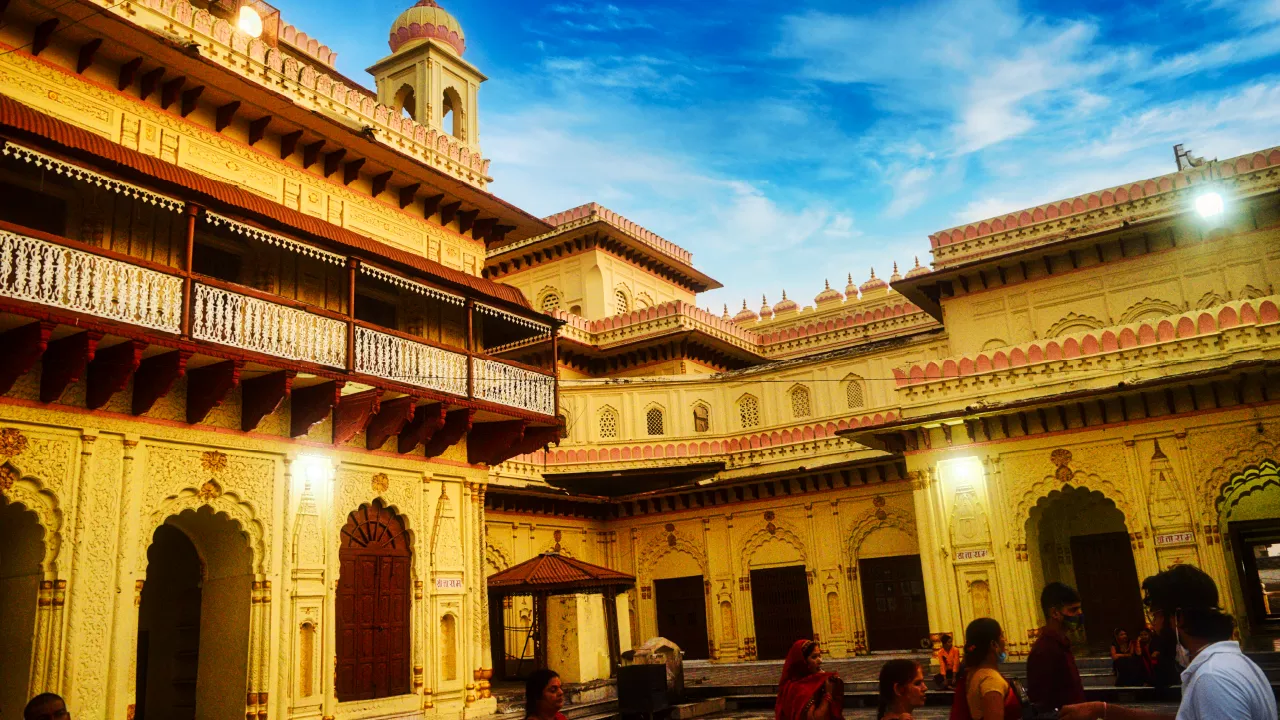
From the 4th century onwards, various texts, including Kalidasa’s Raghuvamsha, began referring to Saketa as Ayodhya. In Jain texts, Ayodhya ji ki kahani is identified with multiple names like Viniya, Kosala-puri, and Saeya, reflecting its historical and spiritual significance. It’s renowned as the birthplace of several Jain Tirthankaras, such as Lord Rishabhanatha, and associated with legendary figures like Bharata Chakravartin.
Furthermore, the transition from Saketa to Ayodhya is thought to have occurred around the 4th century when a Gupta emperor possibly relocated his capital to Saketa, renaming it Ayodhya after the legendary city. This period marked a significant phase in Ayodhya’s history, intertwining its mythical past with historical reality.
Ayodhya’s deep-rooted significance in these diverse religious traditions highlights its role as a spiritual nucleus, embodying values of righteousness and devotion depicted vividly in various scriptures.












